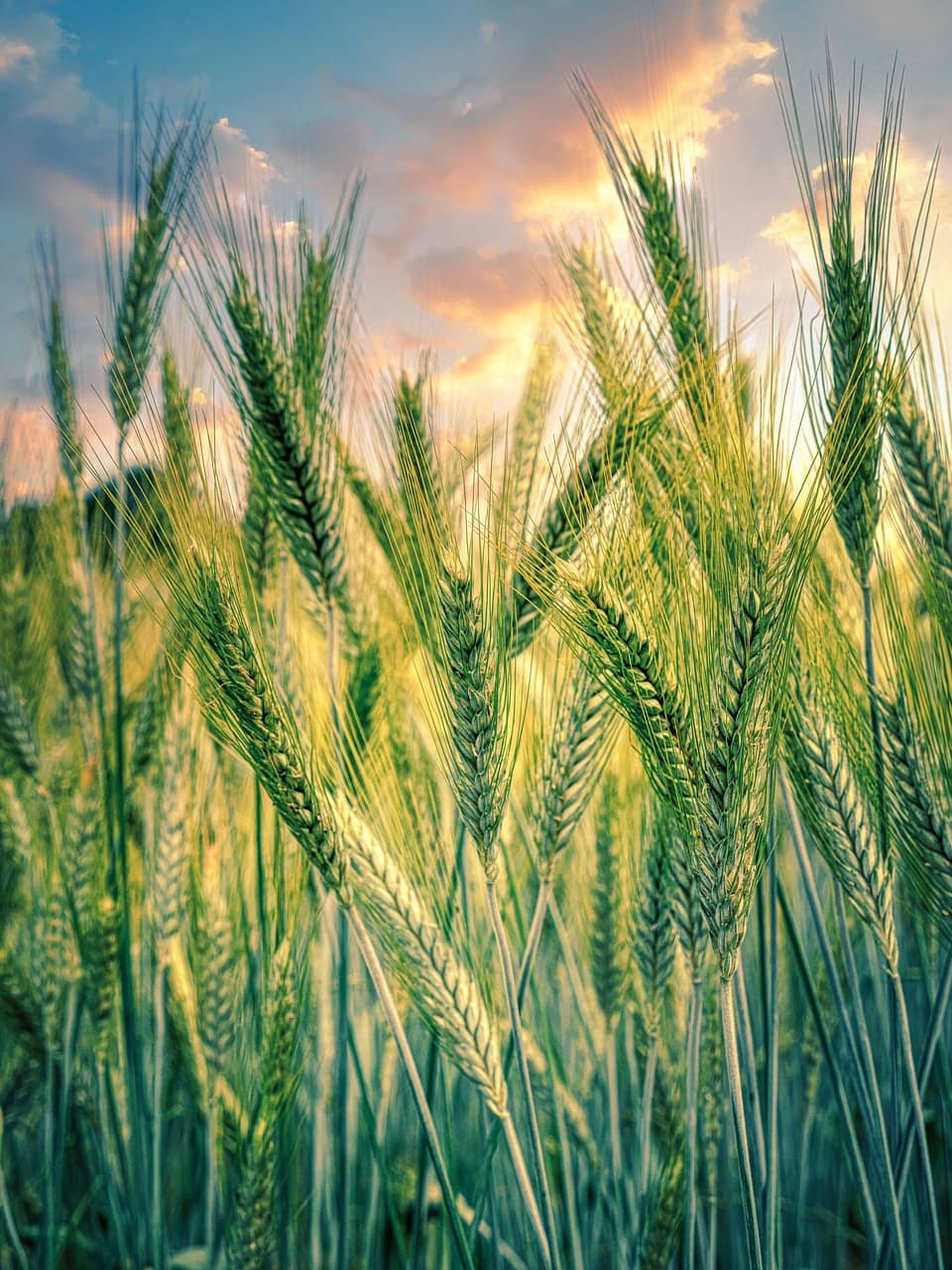
(NDAgConnection.com) – Planting pace for spring wheat and durum in North Dakota remained painfully slow this last week with very limited fieldwork taking place. Precipitation fell across much of the state in varying amounts. Some areas received 2-4 inches in a short amount of time, further saturating fields and causing additional flooding. The precipitation, along with cooler weather did little to dry things out. The forecast for the current week shows potential precipitation towards the end of the week. Next week brings potential for lower rainfall and warmer temperatures, which will help dry out fields.
In North Dakota, 8% of the spring wheat has been planted, well behind 63% last year and 37% on average. Much of the recent planting has taken place in the central part of the state. Producers are hoping the weather cooperates so that they can begin fieldwork in the next week to ten days.
Conditions are similar in Minnesota, but Montana and areas of South Dakota have seen better planting progress as drier conditions have prevailed. These regions need precipitation for the crop as soil moisture conditions are quite poor.
Planting of the durum crop in North Dakota is also behind average with about 3% planted, down from 37% a year ago. Producers have appreciated the recent moisture that has relieved drought conditions.
In Montana, dry conditions have allowed for more planting progress, with 30% of the durum planted, ahead of last year and the five-year average.
Minnesota farmers report 2% of the wheat has been planted, as of Sunday. This compares to 93% in 2021 and 50% for the five-year average. No wheat is reported as emerging yet, compared to 46% last year and 15% for the five-year average.
In South Dakota, 63% of wheat is planted, compared to 90% last year and 69% for the five-year average. Twenty-eight person of the wheat is emerged in South Dakota. This compares to 58% in 2021 and 36% for the five-year average.
